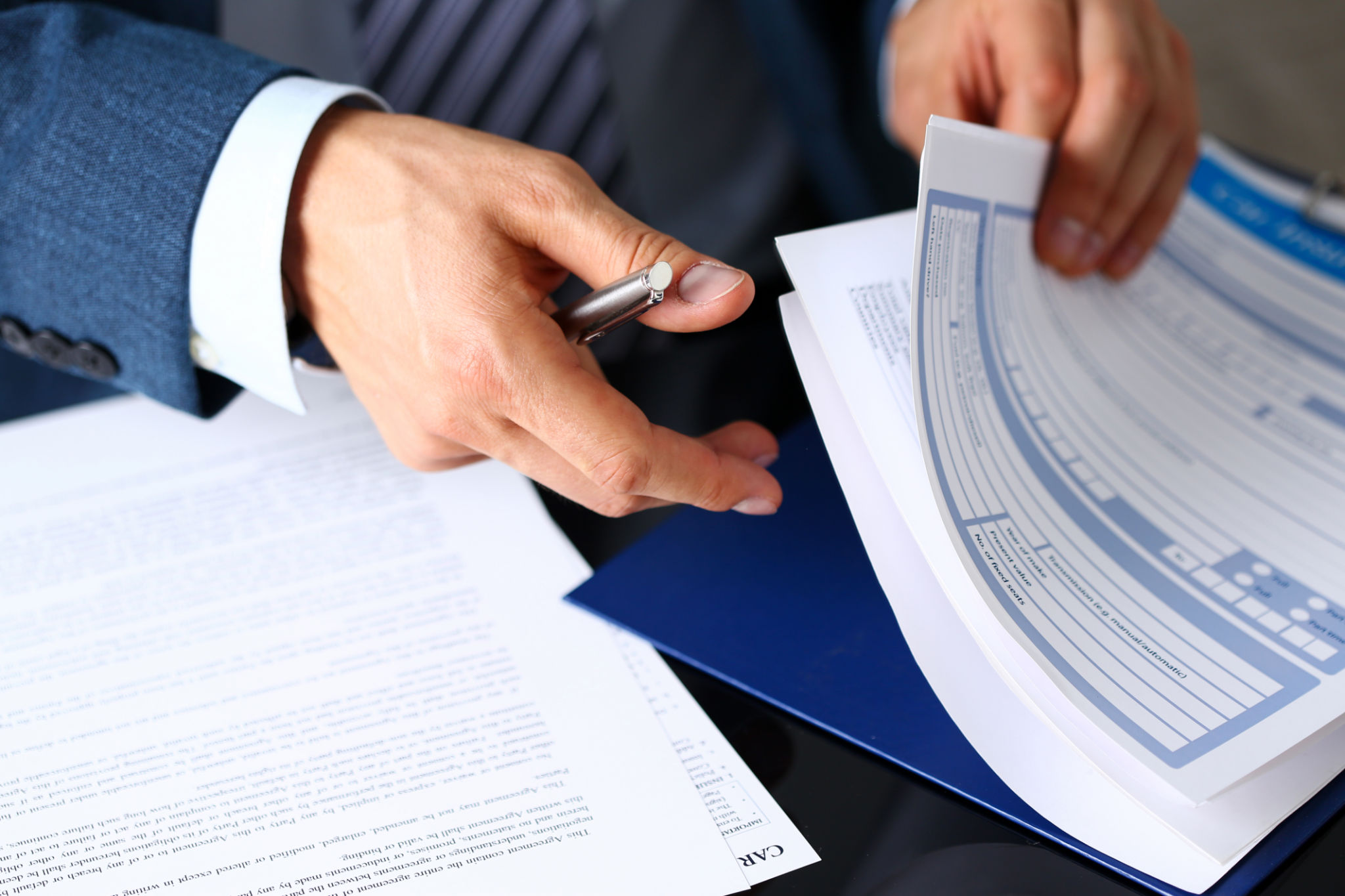A Step-by-Step Guide to Filing an ICBC Claim After a Collision
ss
Being involved in a car collision can be a stressful experience, especially when considering the steps necessary to file an Insurance Corporation of British Columbia (ICBC) claim. Knowing how to navigate this process can help ease some of the stress. This guide will walk you through the essential steps needed to file your ICBC claim efficiently.
Step 1: Ensure Safety and Gather Information
Your safety and the safety of others should always be your top priority immediately after a collision. If possible, move your vehicle to a safe location and check for injuries. Call emergency services if needed. Once everyone is safe, gather as much information as possible. This includes the names and contact details of all parties involved, license plate numbers, insurance details, and any witness information.
It is beneficial to document the scene with photos or videos if you can do so safely. This evidence can be crucial when filing your claim and determining fault.

Step 2: Report the Collision to ICBC
After ensuring everyone's safety and gathering necessary information, the next step is to report the collision to ICBC. You can do this online through the ICBC website or by calling their Dial-a-Claim service at 1-800-910-4222. Be prepared to provide detailed information about the collision, including date, time, location, and any details about injuries or damages.
What Information You’ll Need
When reporting the collision, have the following information ready:
- Your driver’s license number.
- Your vehicle registration and insurance details.
- Details of the other party(ies) involved, including their insurance information.
- A description of what happened.

Step 3: Understanding Your Claim Options
Once your report is filed, ICBC will guide you through your claim options. They may schedule an appointment for you to bring your vehicle for damage assessment or recommend approved repair shops. Depending on your coverage, you might be eligible for a rental vehicle while yours is being repaired.
It’s important to understand what your insurance policy covers and any deductibles that may apply. ICBC representatives can help clarify these details if needed.
Step 4: Working with an Adjuster
An ICBC adjuster will be assigned to assess your claim. They will review all collected information, including police reports and witness statements. The adjuster will determine liability and guide you through the next steps of the claims process.

Communicating with Your Adjuster
Maintaining clear communication with your adjuster is crucial. Ensure all requested documents are submitted promptly and accurately. Keep records of all interactions with ICBC staff for future reference.
Step 5: Vehicle Repairs and Claim Settlement
After liability has been determined and approved by ICBC, you’ll proceed with vehicle repairs. ICBC will provide guidelines on approved repair facilities. Make sure to schedule repairs promptly to avoid any further complications.
Once repairs are completed and all necessary paperwork is submitted, ICBC will settle your claim according to your coverage policy. If you encounter any issues or have questions during this process, reach out to your adjuster for assistance.

By following these steps and staying organized, you can navigate the ICBC claims process more smoothly. Remember that being informed and proactive will help ensure a more efficient resolution to your claim.